When she was a teenager, Ohio-based artist Carmen Winant discovered a collection of photo albums…
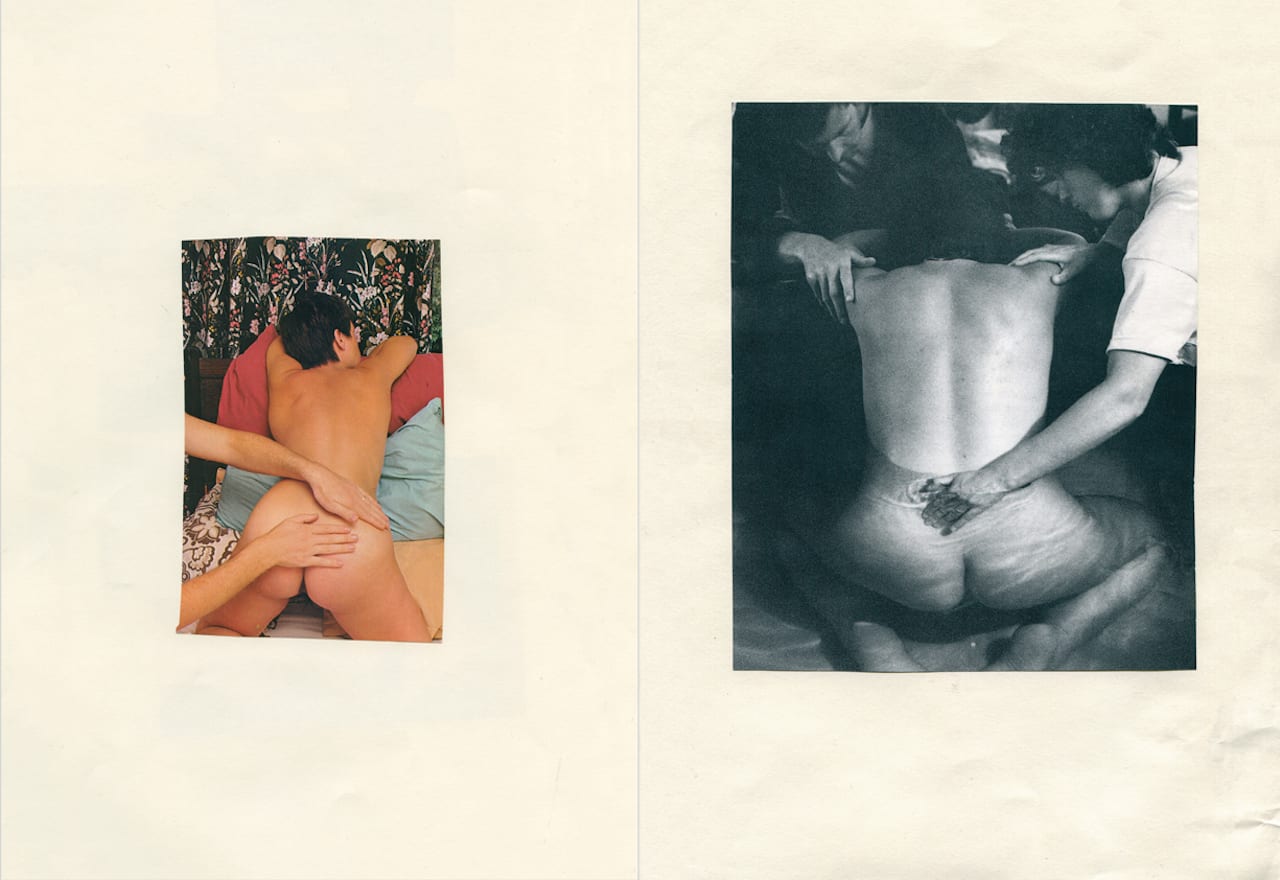

When she was a teenager, Ohio-based artist Carmen Winant discovered a collection of photo albums…
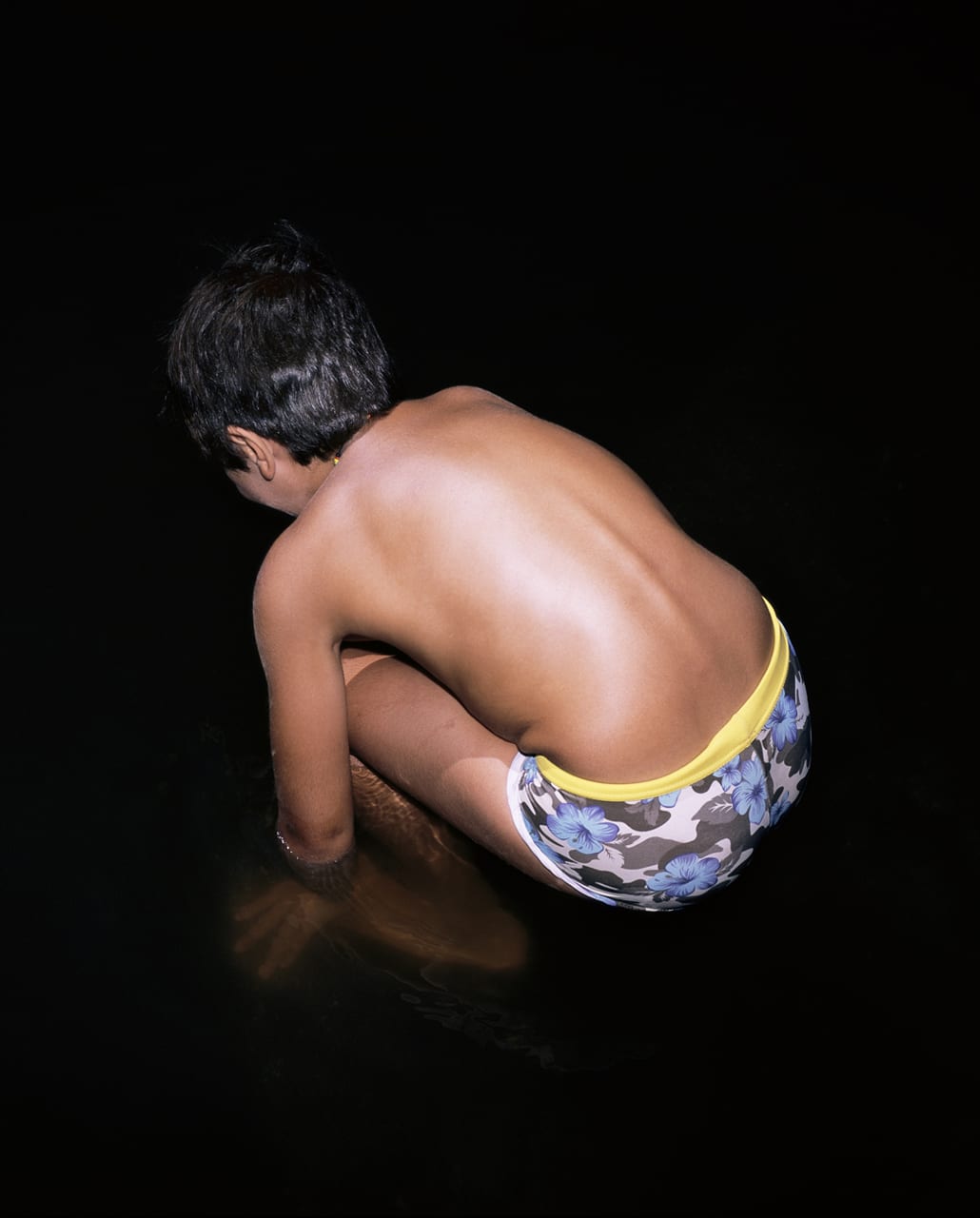
Since childhood, the Portuguese landscape of Beira Interior has held a personal resonance for photographer Tito Mouraz. “I have a relationship and a past with this region,” he says. Encouraged by “a fusion of happy memories”, Mouraz began a new body of work named Fluvial, which focuses on the landscape and the people that come and go there. For Fluvial, he returned to the familiar territory for six consecutive summers between 2011 and 2017. Described by Humberto Brito as an “ode to leisure”, the images blend fiction and reality, capturing meditative junctures by the water. “These are informal moments in the Portuguese society, predominantly migrants returning home from northern Europe for the summer holidays to join their families,” explains Mouraz.
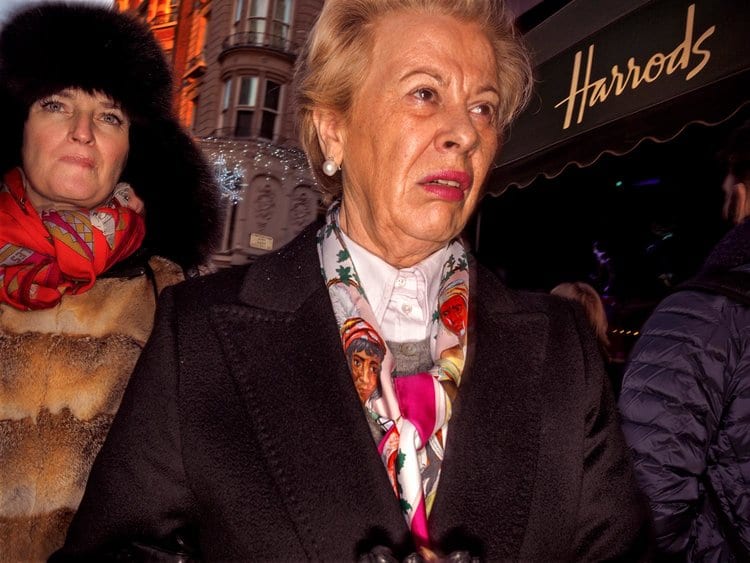
“Disgusting”. “Perverted.” “The British Judiciary should hold him accountable for what he’s doing.” These are just…
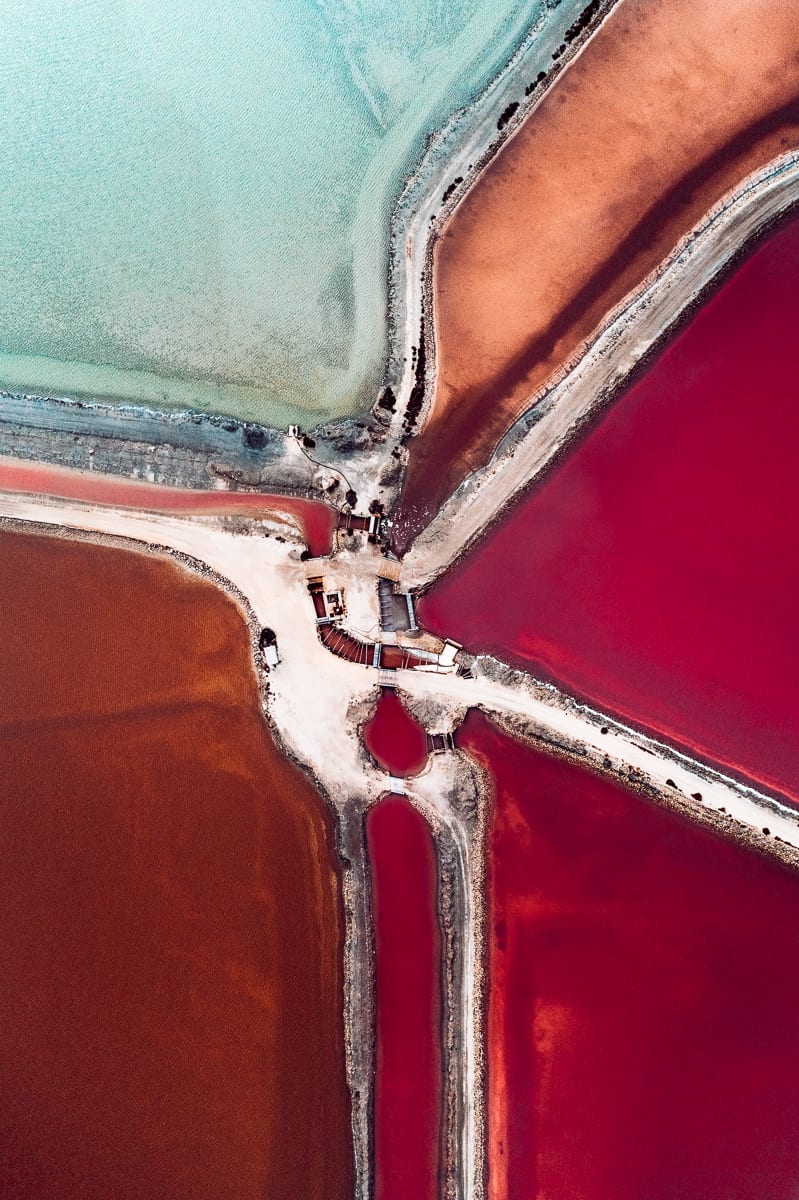
Tom Hegen’s aerial photography explores the impact of human intervention on natural environments. His latest project, photographed on a DJI drone, documents salt production across Europe
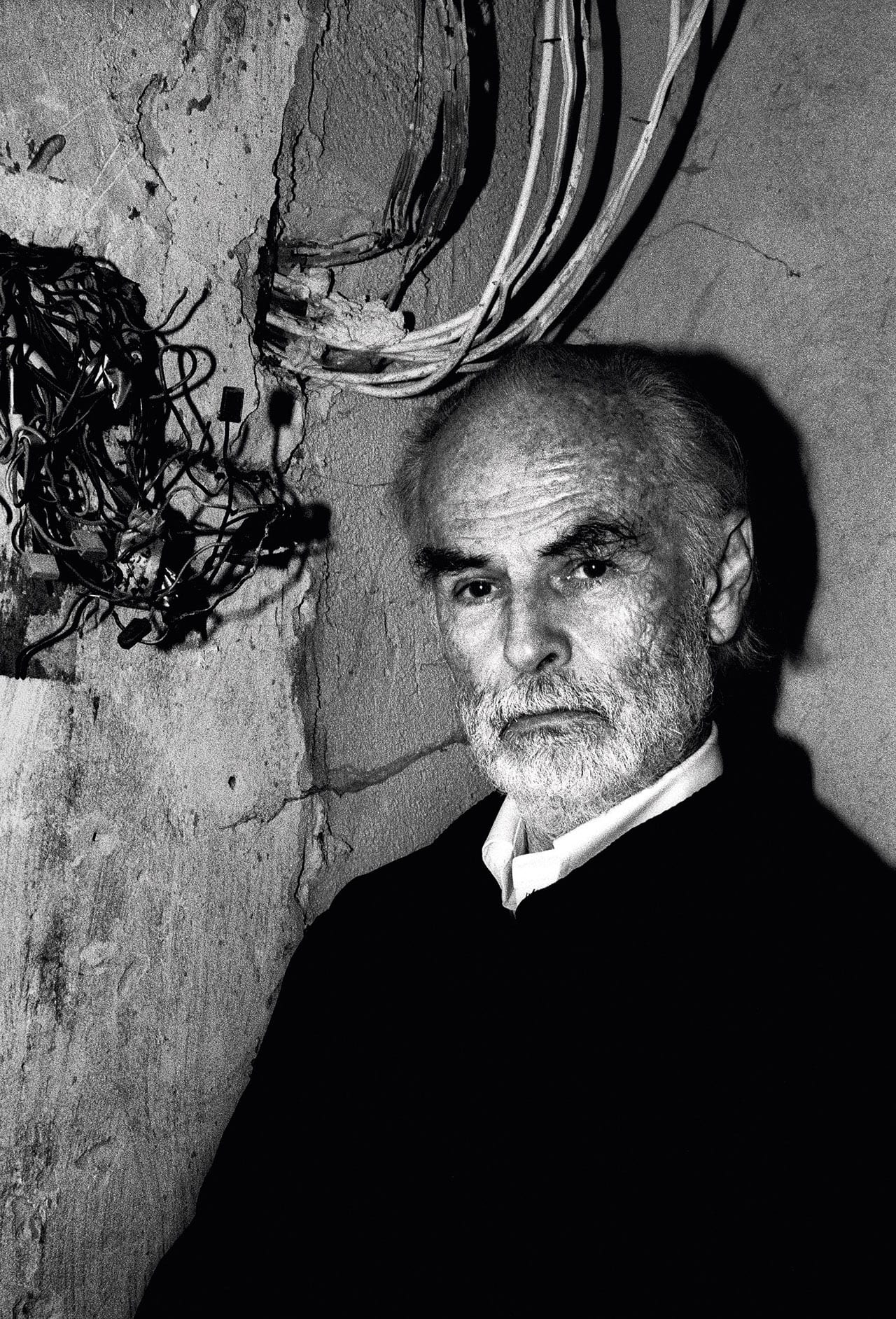
This “photographer’s photographer” is known for his measured understatement and his influential books, such as The Pond (1985) and Berlin in the Time of the Wall (2004). His latest, Looking Up Ben James – A Fable, will soon be published by Steidl, and he’s currently working on his next, The Last Days of Fontainebleau, shot in his hometown, Washington DC

Photographs of women prisoners typically depict them in their cells, behind bars, their femininity stripped away. In contrast to this, French photographer Bettina Rheims has made a series of studio-like portraits of women in four jails across France, images that seek to restore and capture the feminine aspect of their identity. Titled Détenues [Detained], the series comprises 68 frontal portraits shot against white walls in Autumn 2014, and is currently on show in the chapel of Château de Vincennes – a former royal castle near Paris, that housed ‘women of ill repute’ in the 18th and 19th centuries. The exhibition is accompanied by a book, published by Gallimard.
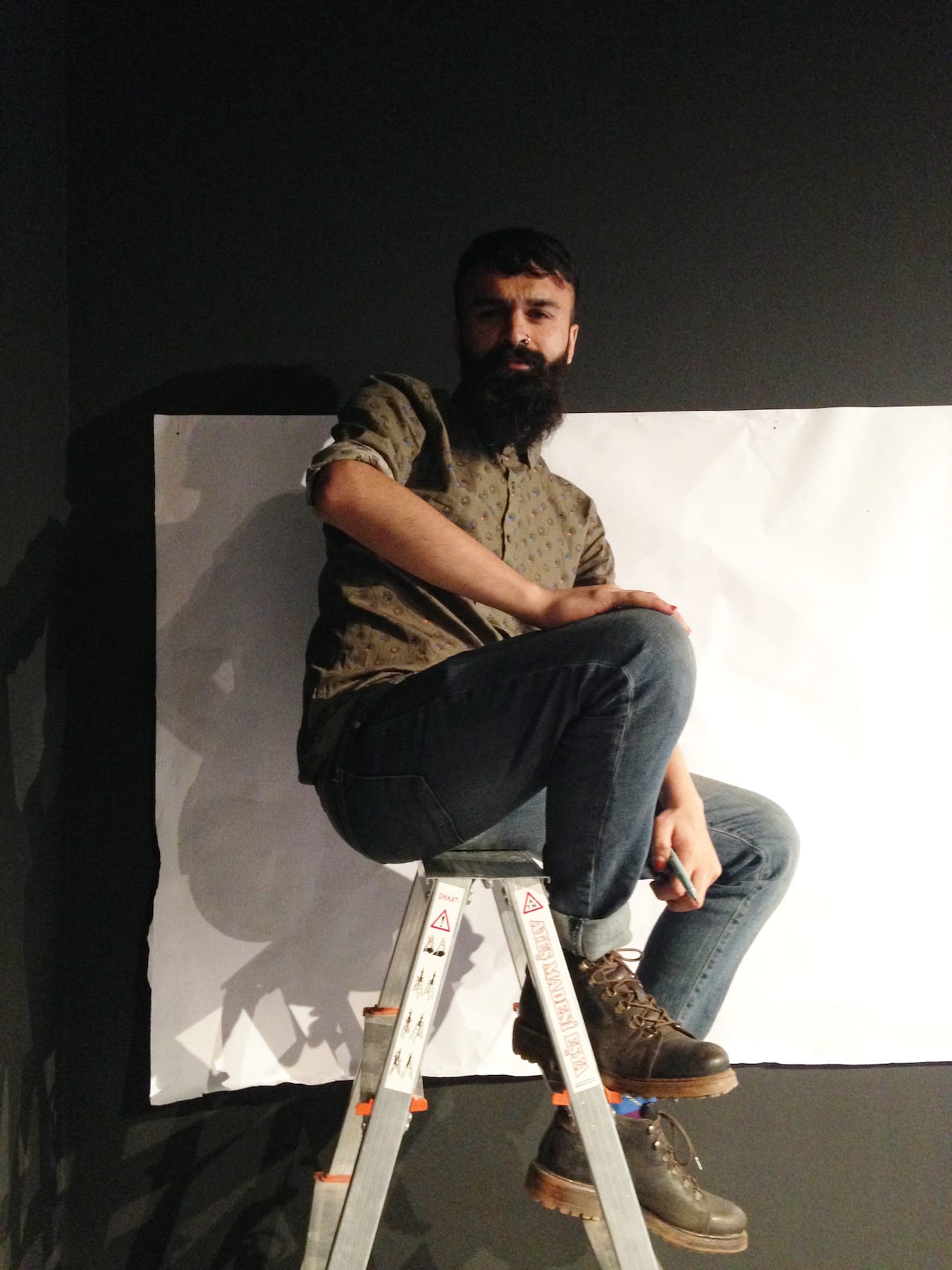
“I was not surprised at all at being arrested,” Çağdaş Erdoğan tells BJP. “It’s enough to say that as we speak there are still 170 reporters in prison in Turkey.”
The 26-year-old only recently regained his freedom, after being arrested on 02 September 2017 for taking photographs in Yoğurtçu Park. Officially he was taken into custody for photographing the Millî İstihbarat Teşkilatı (MİT) building, the home of Turkey’s answer to MI5, the National Intelligence Organisation. “But it is entirely fictitious,” he tells BJP, “because the place where I photographed is just a park and there isn’t any building, or even signs that show the presence of a restricted area where you cannot take pictures. Shortly after, the main reason of my arrest became the fact that I didn’t share any information about the contacts I used for some of my reportage as a journalist.
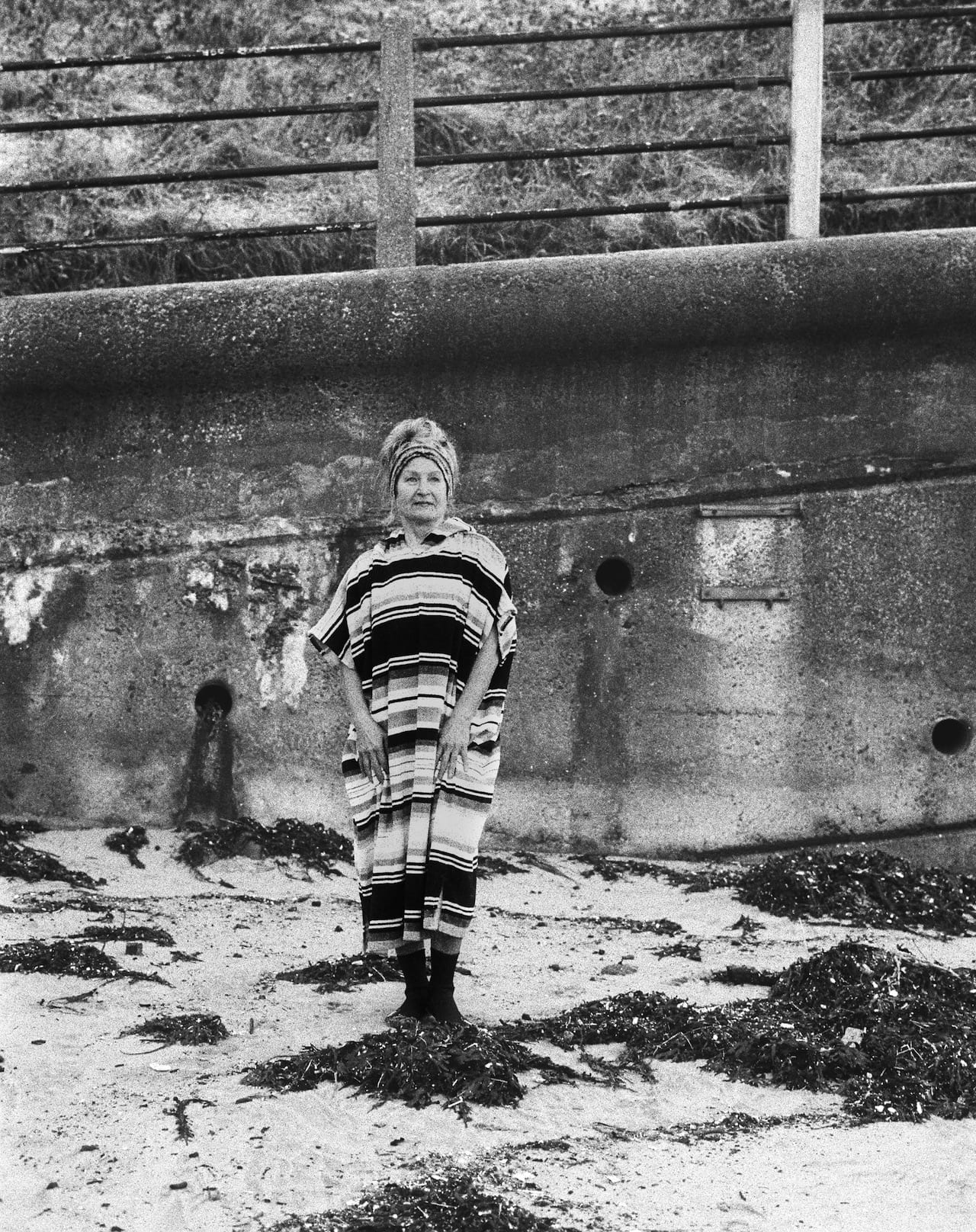
In 1969 the Finnish-born photographer Sirkka-Liisa Konttinen ditched her filmmaking course, moving to Newcastle with a group of idealistic young ex-students to found the Amber collective, and embarking on a series of long-term projects, including her seminal work on Byker, which was inscribed in the Unesco UK Memory of the World Register. Nearly 50 years on, she continues to live and work in the north-east as a member of Amber
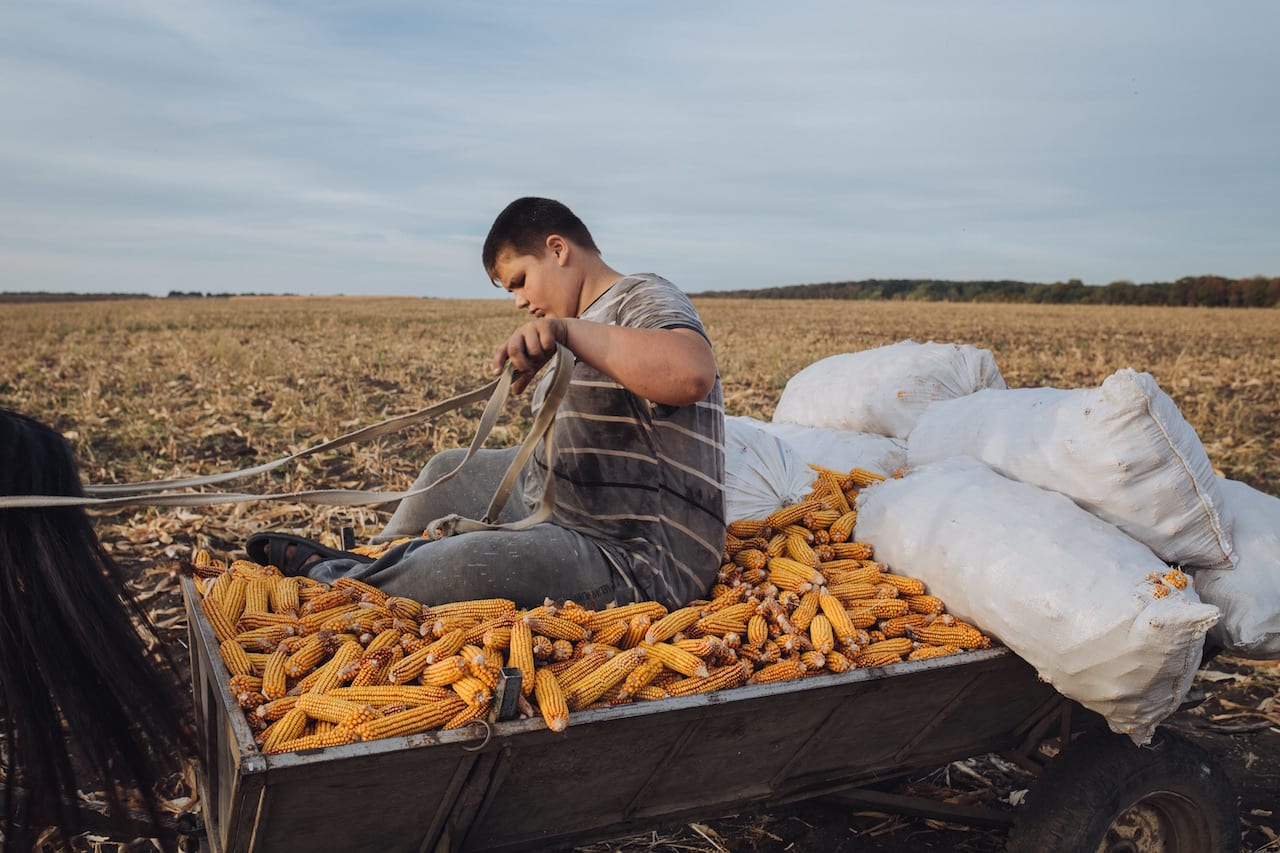
As Moldova proclaimed its independence during the collapse of the Soviet Union, a 400km stretch of territory wedged between its border with Ukraine also declared itself a separate entity. With its own flag, parliament and currency, Transnistria has all the apparatus of being a nation yet it is only officially acknowledged as an independent state by three other republics, all of them also with limited recognition. Born at the same time as this new state, in 1990, Anton Polyakov and Anya Galatonova are first generation Transnistrians whose work is dedicated to visualising life in the region, believing that photography plays a crucial role in affirming their homeland’s identity.